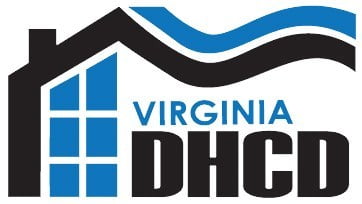In today’s digital age, internet connectivity has become an essential utility that impacts every aspect of our lives, from education to healthcare and employment. However, not everyone has access to affordable and reliable internet connectivity, which hinders their ability to participate in the digital world. To address this issue, the Federal Communications Commission (FCC) launched the Affordable Connectivity Program (ACP), a $3.2 billion program that provides eligible households with discounts on internet services and devices. Despite the program’s good intentions, it faces several enrollment hurdles that limit its uptake.
What is the Affordable Connectivity Program?
The Affordable Connectivity Program is a part of the Emergency Broadband Benefit Program (EBB), which aims to provide affordable and reliable internet connectivity to eligible households during the COVID-19 pandemic. Under the program, eligible households can receive discounts of up to $50 per month on their internet bills, and up to $100 on a device purchase. The program aims to bridge the digital divide and ensure that everyone has access to essential online services, such as telemedicine, remote learning, and virtual job interviews.
Enrollment Hurdles
Despite the Affordable Connectivity Program’s potential benefits, it faces several enrollment hurdles that limit its uptake. These hurdles include:
Lack of Awareness
One of the main reasons for the low uptake of the program is the lack of awareness among eligible households. Many people do not know about the program, or they do not understand how to apply for it. The FCC needs to launch a robust awareness campaign to educate eligible households about the program’s benefits and how to enroll.
Digital Divide
Another significant hurdle is the digital divide, which prevents many eligible households from accessing the internet. Many low-income households do not have the necessary equipment or infrastructure to connect to the internet, such as a computer or broadband connection. The FCC needs to address this issue by providing eligible households with the necessary equipment and infrastructure.
Complex Application Process
The application process for the Affordable Connectivity Program is complex and can be challenging for some eligible households. The program requires applicants to provide documentation of their eligibility, such as proof of income or participation in a federal assistance program. The FCC needs to simplify the application process and provide assistance to eligible households who face challenges in applying.
Limited Provider Participation
The Affordable Connectivity Program is currently available through a limited number of internet service providers (ISPs). This limits the program’s availability and creates a barrier for eligible households who do not have access to these providers. The FCC needs to expand the program’s participation to more ISPs to increase its availability.
Program Duration
The Affordable Connectivity Program is currently set to expire six months after the COVID-19 pandemic ends or when the program’s funds run out. This short program duration limits its impact and creates uncertainty for eligible households who rely on the program for affordable internet connectivity. The FCC needs to consider extending the program’s duration or making it a permanent program.
Conclusion
The Affordable Connectivity Program has the potential to provide essential internet connectivity to eligible households and bridge the digital divide. However, several enrollment hurdles limit its uptake and impact. The FCC needs to address these hurdles by launching a robust awareness campaign, providing eligible households with the necessary equipment and infrastructure, simplifying the application process, expanding the program’s participation to more ISPs, and considering extending the program’s duration or making it permanent.







